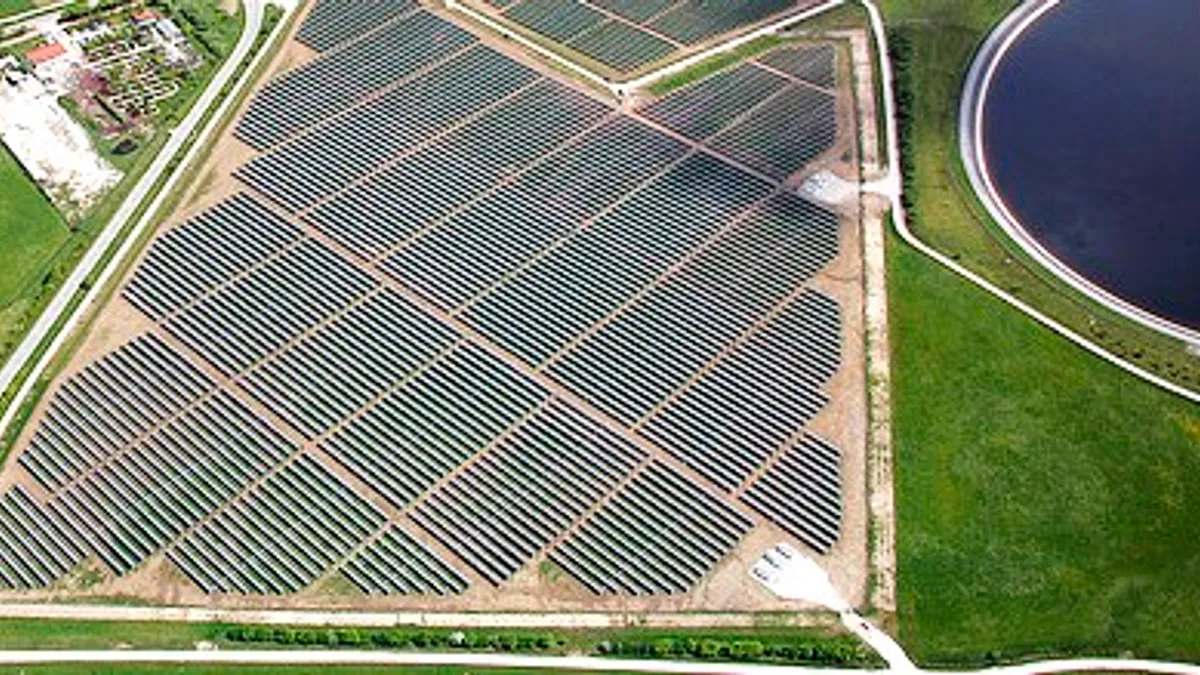Dive Brief:
- The California Public Utilities Commission on Friday voted 5-0 to adopt a Preferred System Portfolio that includes 12 GW of new solar, wind, battery storage and geothermal resources the state will need to procure by 2030 to meet ambitious greenhouse gas reduction goals.
- The decision caps a two-year process aimed at developing the state's benchmark portfolio. The Integrated Resource Plan (IRP) docket sought to balance resources needed to move to 100% zero carbon energy by 2045, versus capacity needed for near-term reliability.
- Community Choice Aggregators (CCA) are expected to procure the majority of new resources in California in the next decade, and their renewables-heavy portfolios must be balanced against broader system needs, said regulators.
Dive Insight:
California's IRP decision Friday is a major step for the state, but regulators stressed that the review process will be more robust going forward as increasing amounts of capacity are procured by aggregators rather than distribution utilities.
The targets the commission approved "are not hard procurement targets for the load-serving entities, but they do point to the scale of what we need to procure, and they indicate the attributes of resources that we need to achieve the emissions, reliability, and cost goals," Commissioner Liane Randolph wrote in a blog post. The order sets out "the optimal 2030 portfolio of supply- and demand-side resources needed to achieve our state's ambitious greenhouse gas emissions reduction targets."
Just four years ago, California had three investor-owned utilities (IOUs), two CCAs and a few electric service providers. In contrast, the recently completed IRP process evaluated the plans of more than 40 load serving entities (LSEs).
Randolph said the proliferation of CCAs during this first planning cycle "meant that many entities were in startup phase" while preparing their plans, and did not submit robust filings. "Many CCAs have since stated that they will be prepared to present more concrete IRP portfolios in the second cycle, to clearly and concretely show their contributions and progress toward our statewide mandates."
In its order, the commission said that in the next round of IRP filings, it will require individual LSEs to disclose the contractual and development status of their resource choices.
"If need be, this information can be submitted confidentially. But in order for us to form an accurate picture of the CAISO system that would result from the individual IRPs being aggregated, we will require this information," regulators said.
Regulators also cited a "very concerning" attitude displayed by some choice aggregators, asserting "the primacy of their voluntary plans" approved by local governing boards, over the CPUC's IRP process.
"This demonstrates the crux of the problem the state will face in coming years as more and more load is served by non-IOU, and specifically CCA, providers," the commission said. "While local resource preferences may vary and should be respected to a degree, ultimately the electricity grid must operate as a system."
CCAs in their plans showed a preference for solar, wind, four-hour batteries and imported hydroelectricity. But regulators noted that other resources will be necessary to balance the system, including carbon-emitting generation.
"The resource balance will need to include a mix of existing and new resources, a mix of baseload and intermittent resources, and a mix of renewable, storage, and conventional fossil-fueled resources," regulators wrote. "In analyzing the IRPs of all of the LSEs, there is inconsistent, and in some cases, nonexistent, recognition of
these realities."















